We are commonly used to linking wolves with evil. In Western music, the “wolftone” is an acoustic parasite resulting from interferences emitted by certain string instruments. The name itself refers to the “wolf fifth”, an interval whose mathematical ratio has been shortened in order to complete the “circle of fifths”, a representation of the Pythagorean tuning on which all Western music is based. Considered dissonant and unpleasant to listen to, the “wolf fifth” has been systematically avoided or banned in musical practice to this day.
This phenomenon calls to mind our relationship to systems, how we deal with what is considered disturbing, and how the figure of the wolf has been used to personify fear, and to disguise the forbidden or the noise.
The Friends of the Wolftone were created as part of Augustin Maurs’ Wolftone project for the Wallis Sound Biennial 2023. The association draws on the Wolftone as a metaphor to investigate ‘the return of the wolves’ through artistic exchange inside and beyond music, while following different, somewhat howling activities,
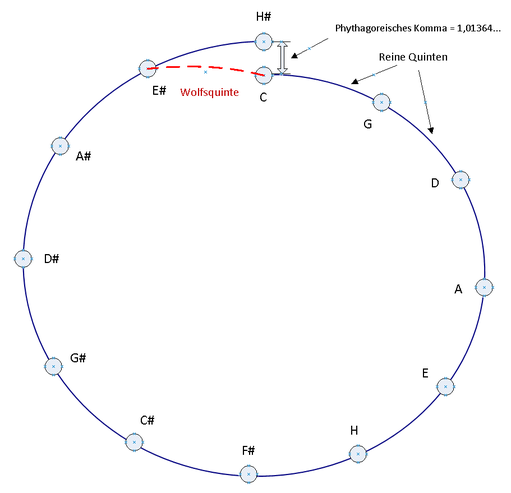
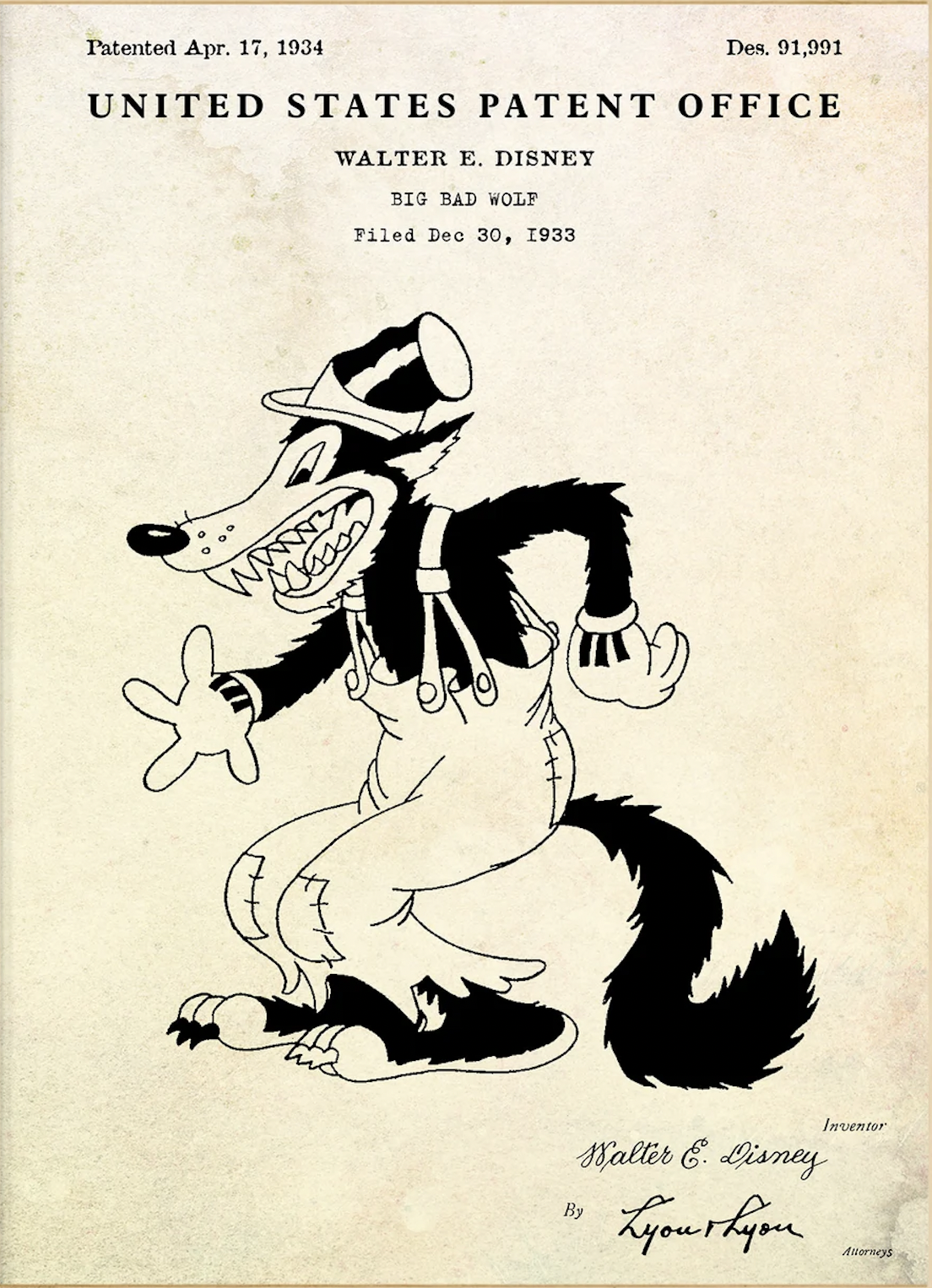
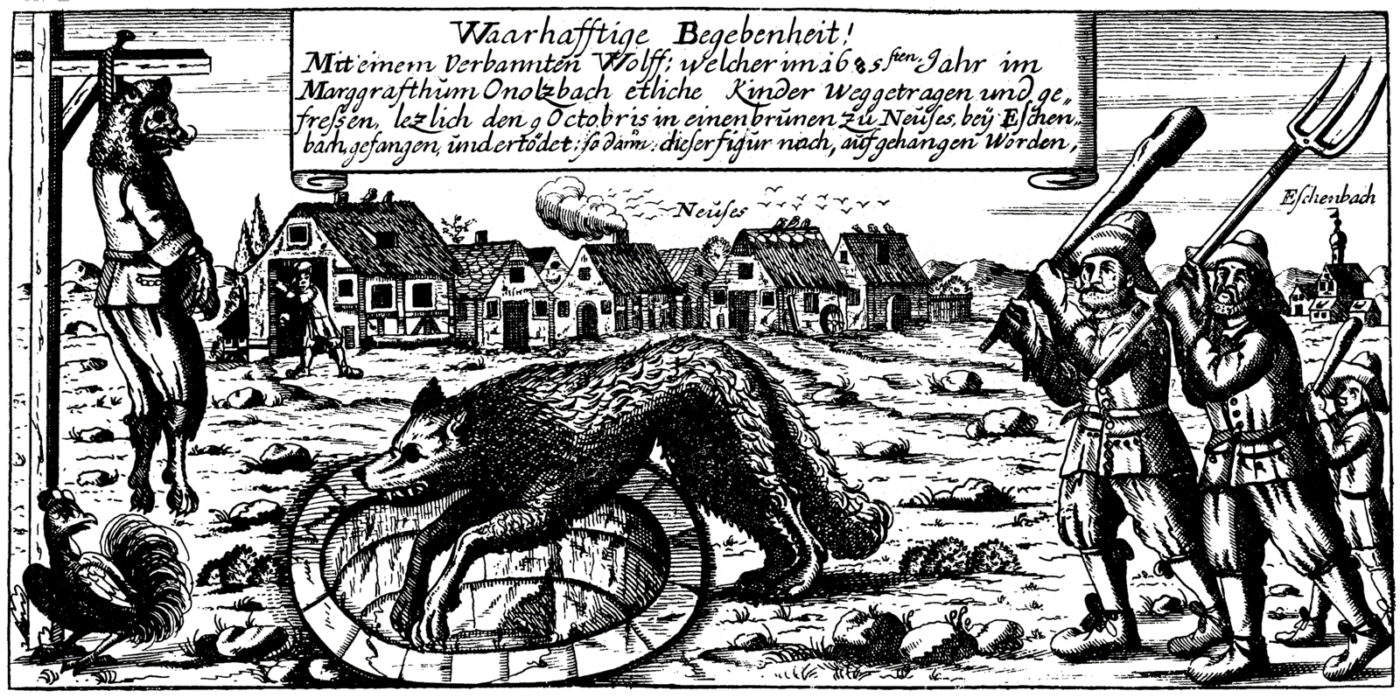
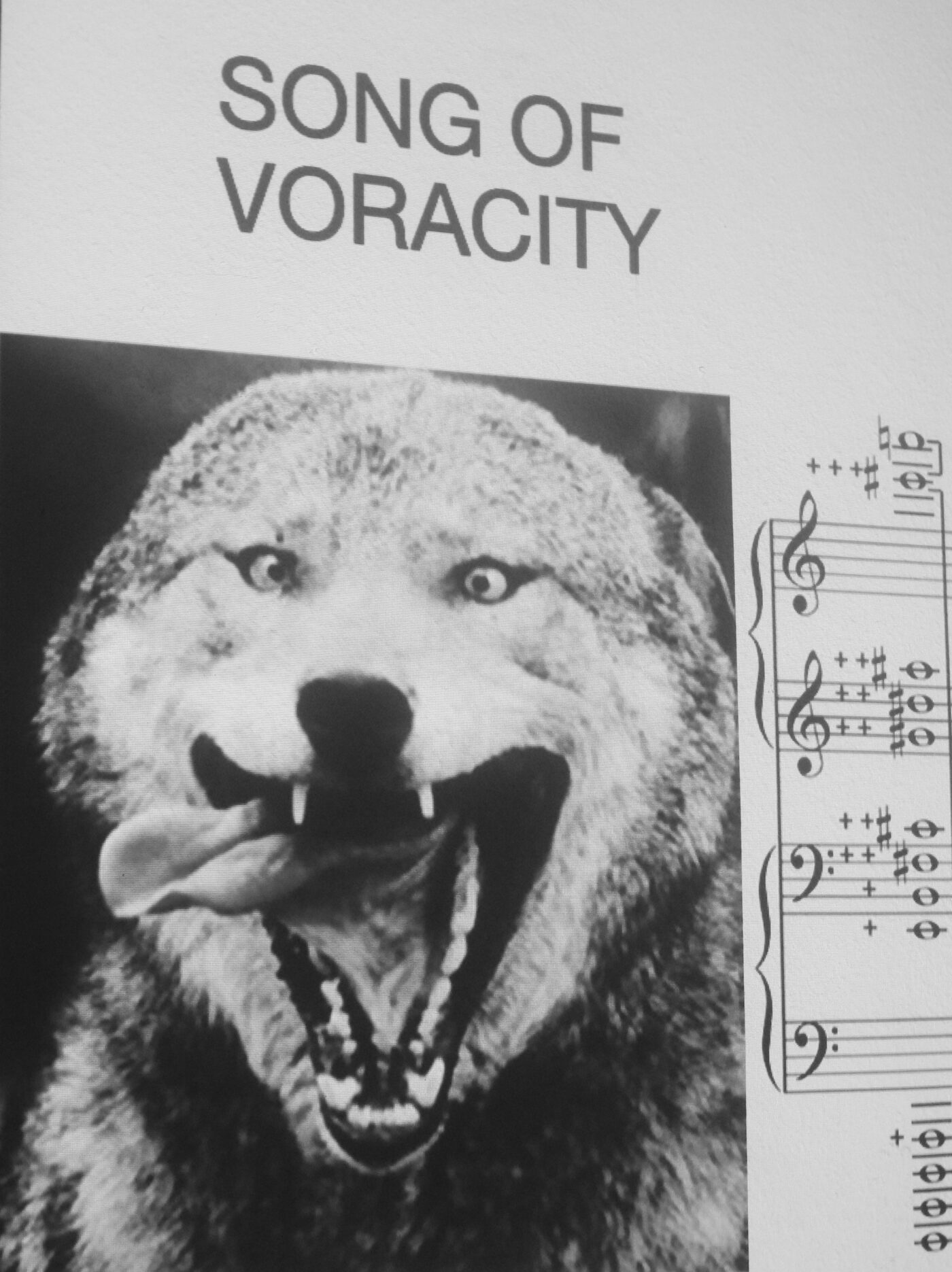
Augustin Maurs with Diego Andrés Moscoso and Constantin Engelmann
(voice-s, percussions, electronically generated sounds, and other ghost instruments)
The term syncope comes from Latin syncopare as “to contract a word by omission of middle sounds” but also “to faint away”, “to swoon”, from Greek synkoptein “to cut up”. Among musicians, syncopation is known as a missing main beat causing a shift in rhythmic accent. 1, 2, 1, 2, 1, 2 becomes …2,… 2,….2, … a sudden interruption with the potential to overtake itself, syncopation has the ability of bouncing on what has been taken away.
This interplay between voice-s, electronically generated sounds, percussions and other “ghost instruments” explores syncopation as a rhythmic pattern and as a music-historical leitmotif, but also as a state of being and as a political allegory. Throughout a repeated cycle of different “musical time zones”, it also questions how the term was used, perceived and assigned to specific musical features, many of which of non-western origin. The evening traces the echoes of different syncopated motifs; bits of languages, bits of sounds, middles taken away leading to historical, geographic and semantic gaps. “No”, “now” and “own” mingle strangely, the history of clapping hands meets the history of applause, and a voice breaks into an impossible song. These often generative, yet collapsing musical processes also form the basis of an introspective inquiry. What has happened to us? Syncopation may appear as a possibility to outline what is missing, to take it by both ends, and eventually to overcome it by performing it. It triggers the ecstatic, bodily consciousness of music making as a way to silence the world, calling for renouncement for the sake of continuity.
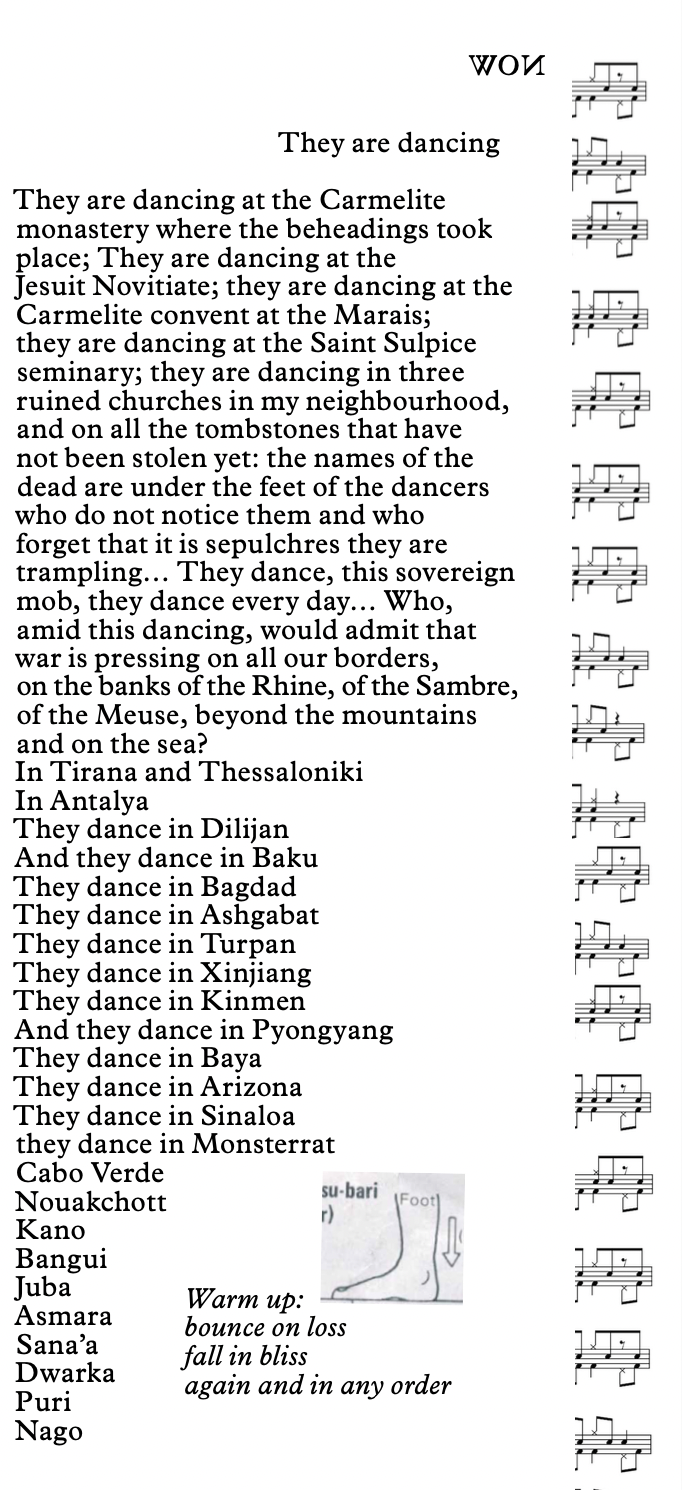
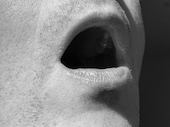
syncopation exercise
bounce on loss
fall in bliss
again and in any order
Augustin Maurs
With Quentin Tolimieri, piano
And Til Van Der Vloedt, percussion
OUT OF TUNE is a parodic concert based on songs that have been used, abused or performed by autocrats and politicians. Although not a singer per se, Augustin Maurs steps into the role of a cabaret singer, challenging the very act of singing in an attempt to free the songs from their political appropriation.
OUT OF TUNE has been presented at the Ljubljana Biennale 2019, at the Grüner Salon Volksbühne Berlin and at the Steirischer Herbst Festival 2025
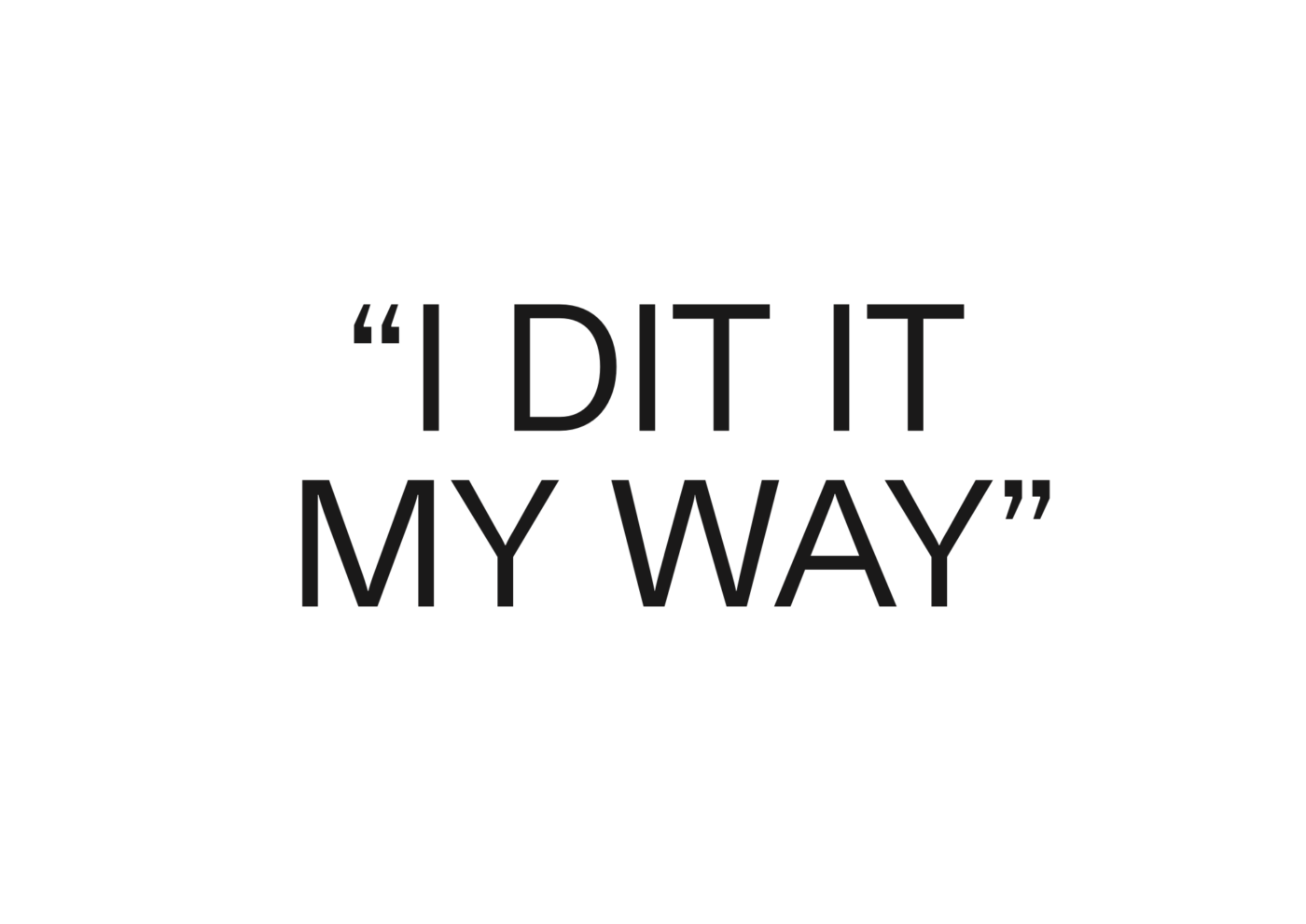
favourite song exercise
sing your lover’s favourite song
sing your neighbour’s favourite song
sing your ruler’s favourite song
arrange
Augustin Maurs
With Elisa Storeli
THE PERPETUAL CANON is an inquiry into the notion of canon initiated by Augustin Maurs in Berlin studios and presented for the first time at KW Institute for Contemporary Art Berlin in 2021. In the course of different collaborations and manifestations, the project looks into the historical developments of the term and explores its musical and non musical resonances until today. The outcome unfolds as an ongoing suite of pieces and practices, a quest for other kinds of musical response-ability. https://kanonqanuncanon.hotglue.me/
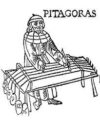
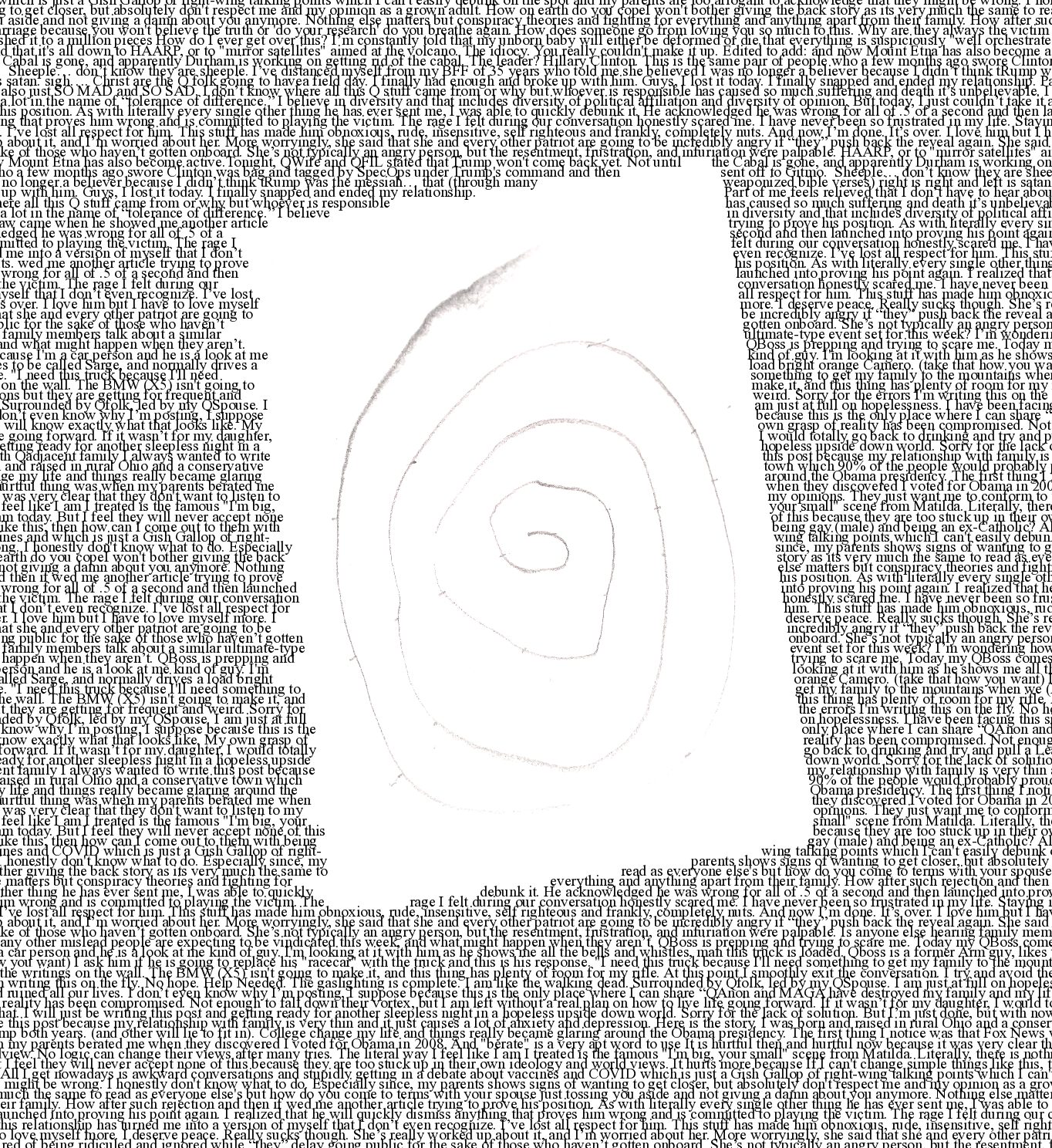
Augustin Maurs
In collaboration with Volve Vokal choir and Sigurd Øgaard (organ)
The project Nothing More explores the voice as a resource of expression and transformation, from phonation and speech to singing and political vocalness. The title echoes the book of Mladen Dolar, A Voice and Nothing More, in which the philosopher argues that if the voice does not contribute to making sense, it is nevertheless an “excess of meaning”, and “the very texture of the social”.
Nothing More was commissioned by Bergen Assembly 2022.
It consists of a mixed media installation presented at the Gyldenpris Kunsthall in Bergen and a piece for choir and organ premiered at the Bergen Cathedral as part of the opening days of Bergen Assembly 2022.
More info here
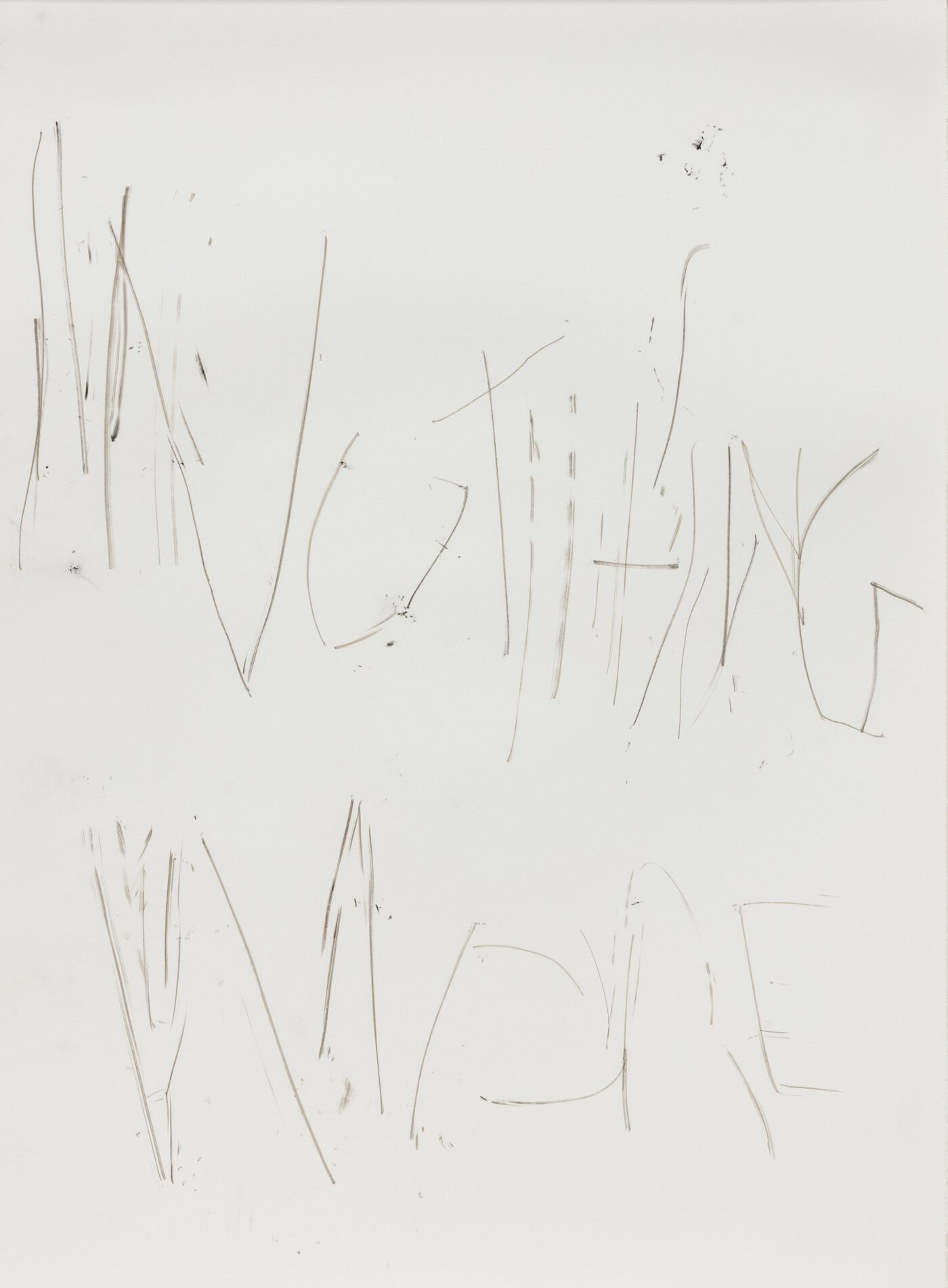


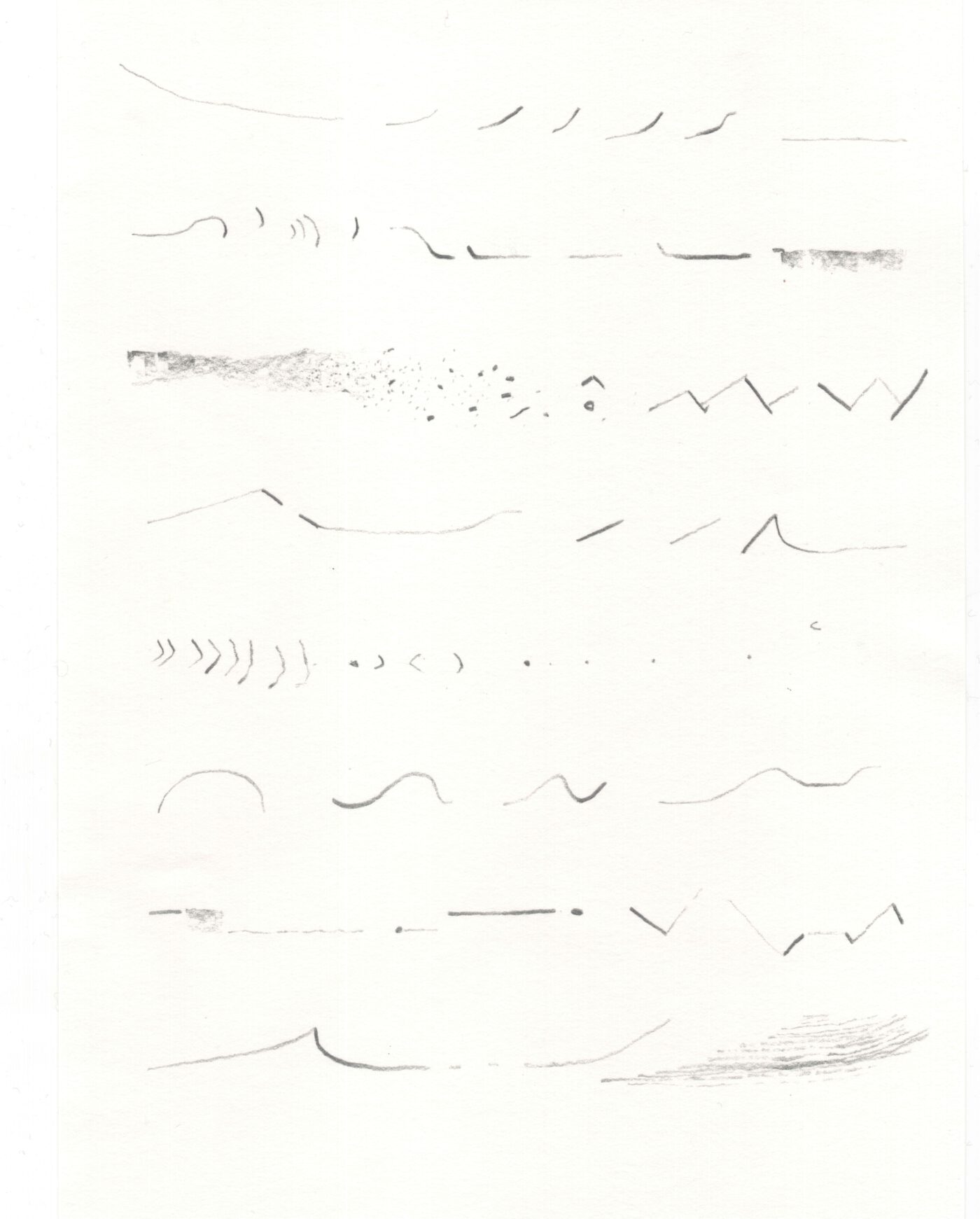
The starting point for this score (actually a series of scores) was a found document, the “Transcription of the Phonogram of a Schizophrenic”, a music sheet transcribing the recorded chanting of an anonymous psychiatric patient in Germany in 1899. The piece brings the document through different and delirious states of notation, performance and capture – from the lost ‘phonographic mise-en-scène’ undertaken by the patient to its inscription on the white walls of the gallery, which has become virtual. The transcription is no longer that of an isolated, anonymous patient, but of schizophrenia herself; the world, me.
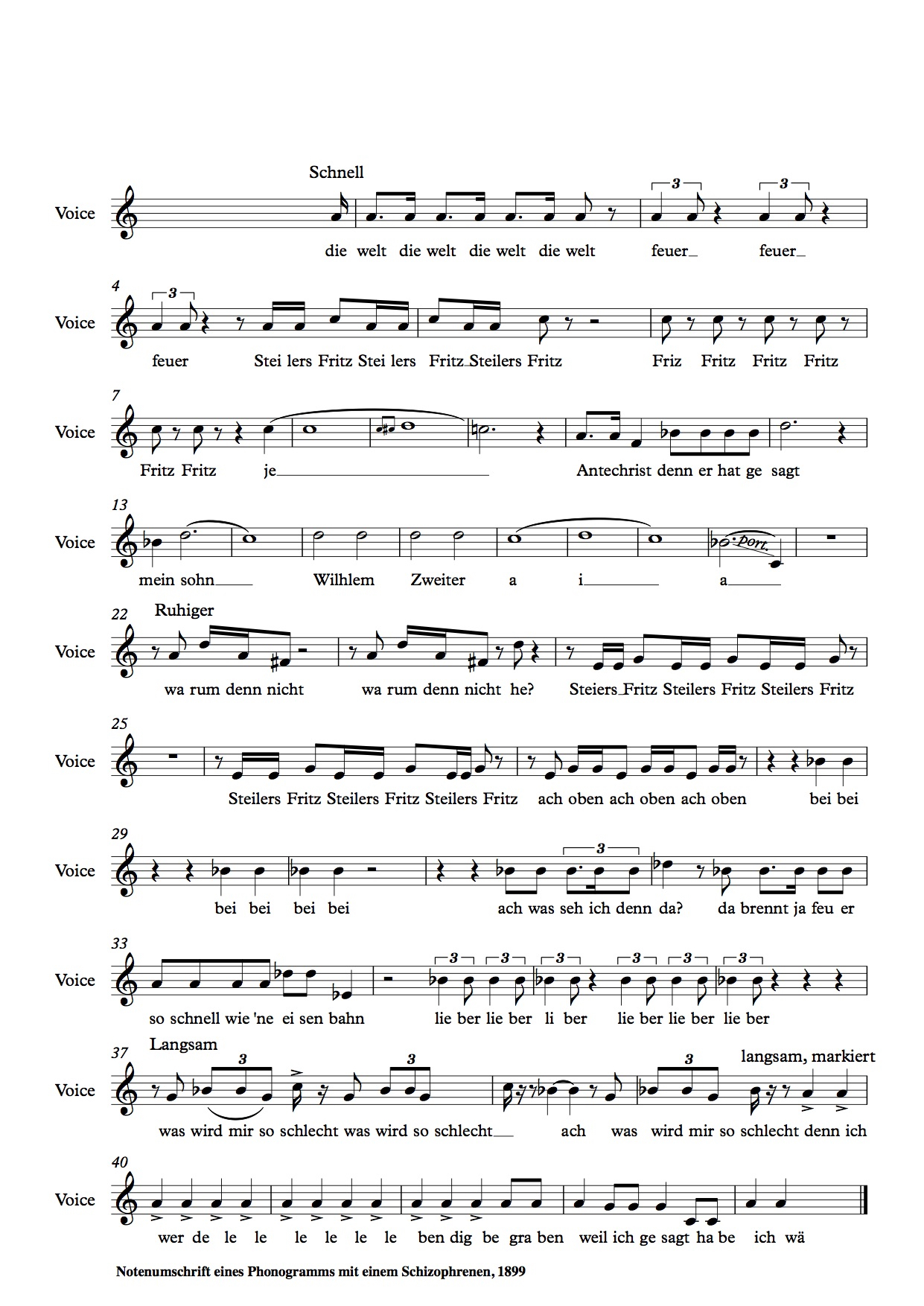
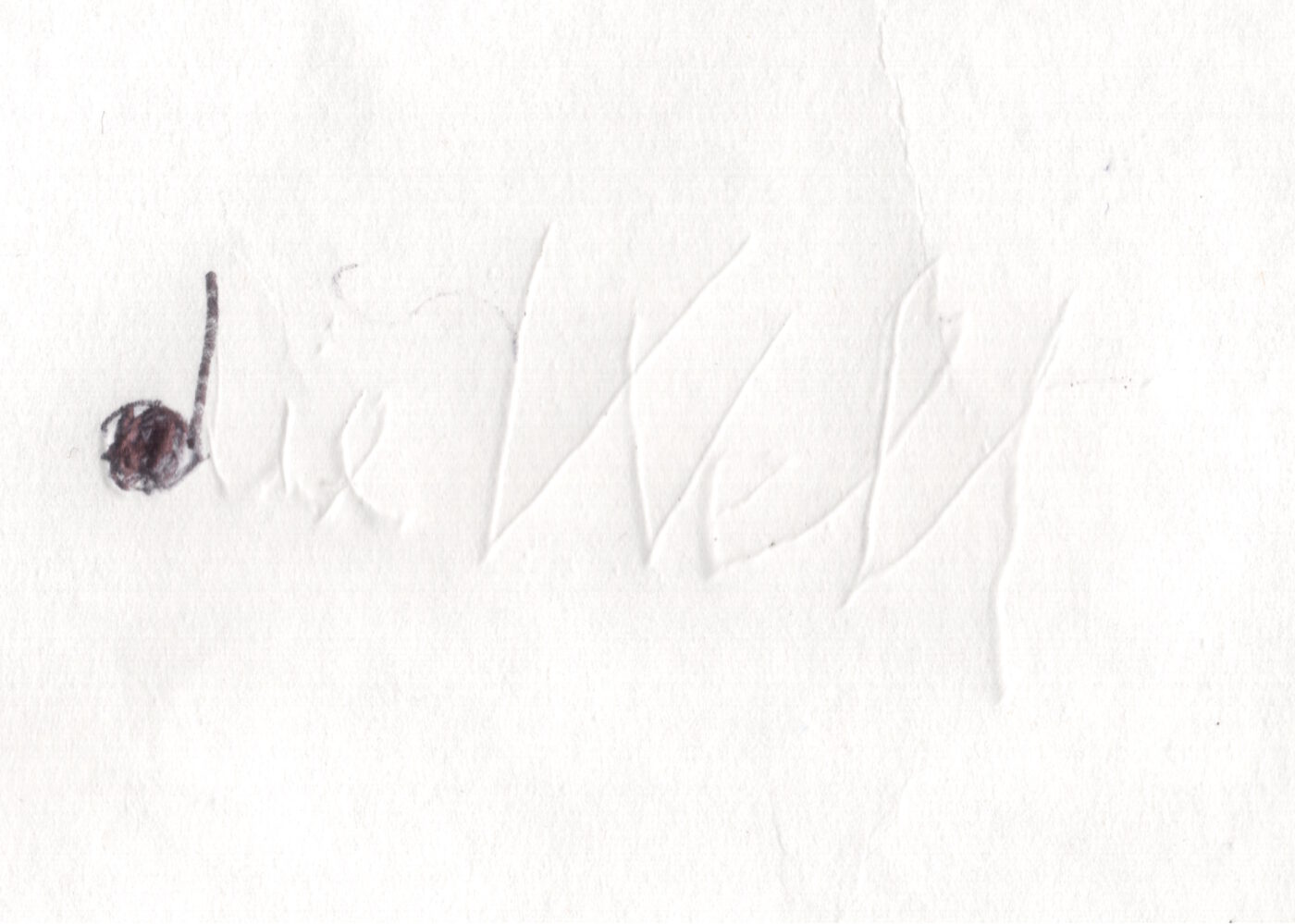
Where we have no ground, we dance. The tarantella, a traditional dancing mania from South-Italy originally embedded in a therapeutic ritual meant to heal the envenomation of the bite of a spider, the tarantula. Suffering from restlessness or apathy, the (mostly female) victims of the bite would fall in a frenzied dancing trance provoked by the throbbing music of the tarantella, played by violins, guitars and tambourines. The ritual could last several hours or even days before the participants were brought back to normal life. Augustin Maurs takes over the typical triple time rhythm, the heightened repetitions and the shrill vocalisations of the tarantella to rearrange them for another uncertain now.
Gropius Bau Berlin
Villa Sarasin, Genva
Index, Stockholm
Kunst Werke, Berlin

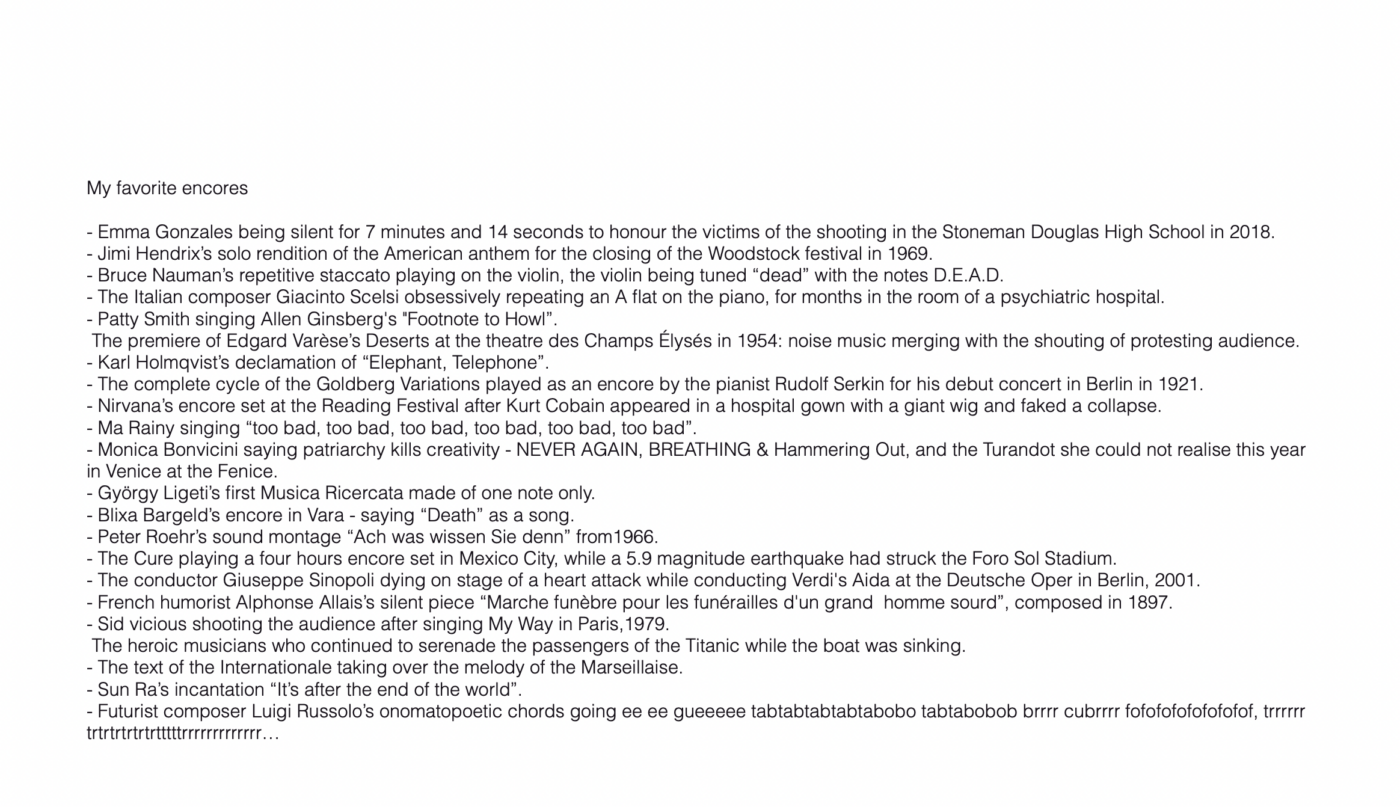
Conceived for the monumental Beishan Broadcasting Wall in Taiwan, a former propaganda “loudspeaker wall”. The piece is based on a selection of quotes on silence and muteness – in the vein of John Cage’s notorious statement “I have nothing to say and I am saying it”. It deals with the sonic affects of propaganda and the often related traumas through the question of “what cannot be said”. Non-professional singers sing the quotes in their native language, one by one and through simple and short a cappella melodies.
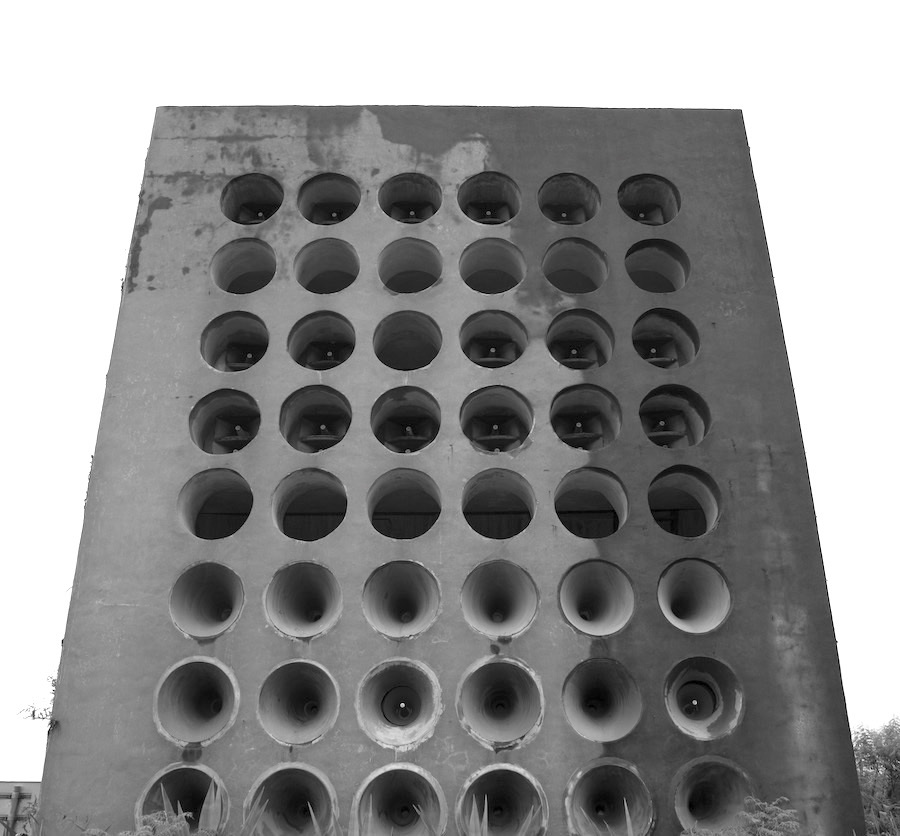
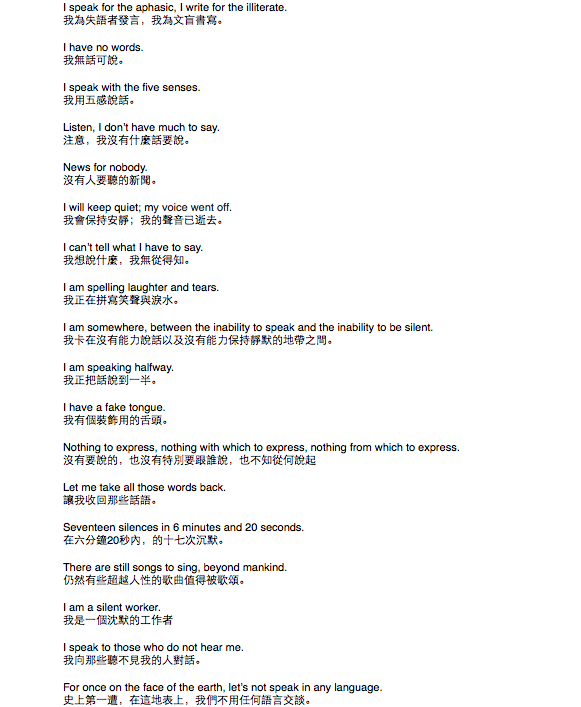
An open collection of sonic traces – found, heard or remembered sounds or musical motifs, hastily written down in the wish to be kept, or in the attempt to be forgotten. The incompleteness and futility of the transcriptions makes their musical rendition uncertain. Sounds re-emerge, modified and remote from any kind of fidelity.
ArtQ13 gallery in Rome,
As part of the Dilijan Arts Observatory (Armenia) and as Part of the exhibition “Hello World” in the Hamburger Bahnhof Museum Berlin, curated by Clementine Deliss
(exhibitions and performances)
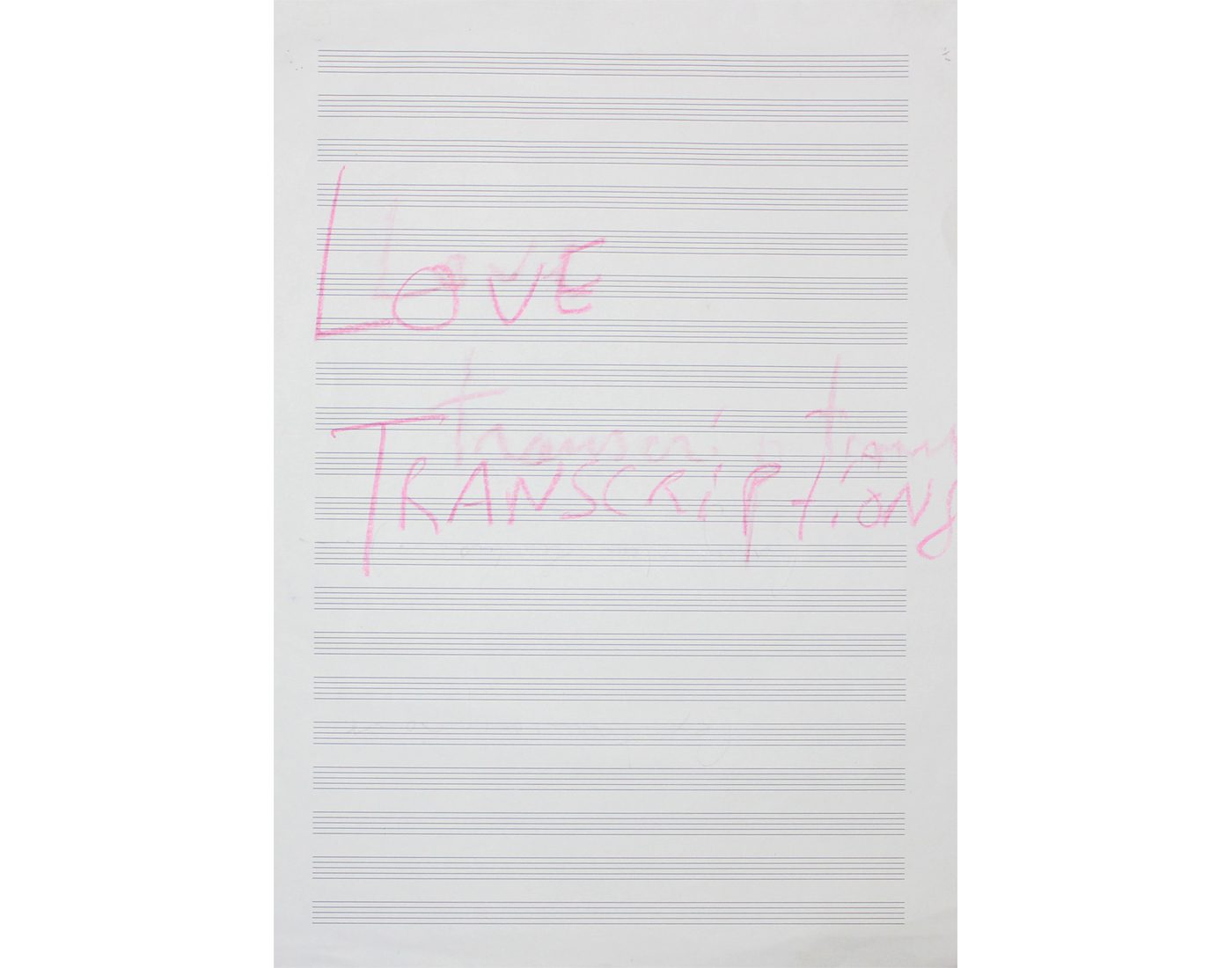
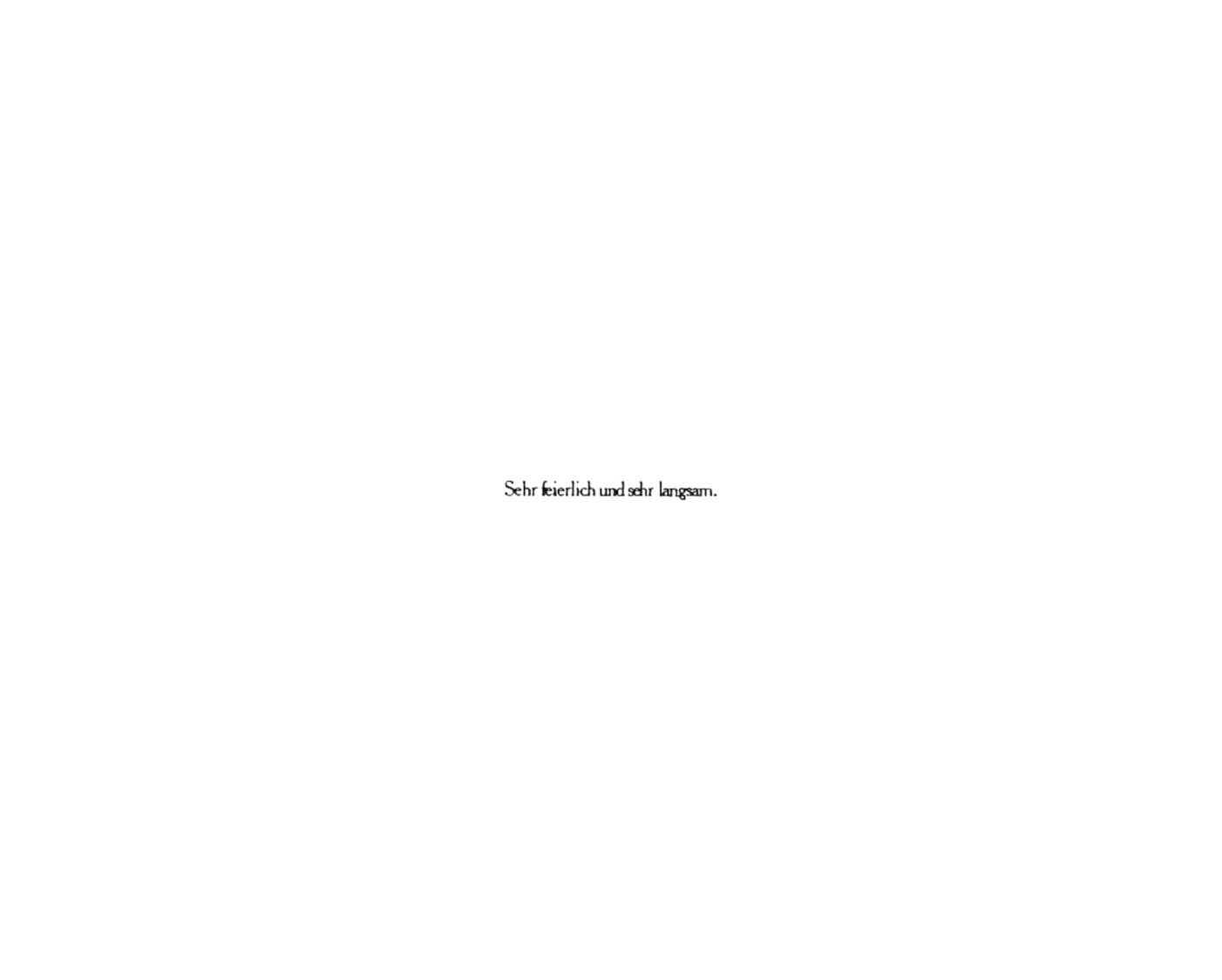
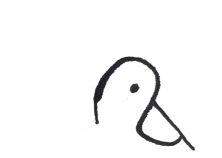
vibrato exercise
say wa
sway wa
sing wa
say wa wa
sing we
swing we
sing wawewawewawe
vibrate


Dilijan Transcriptions
Voici ce que nous avons vu, transcrit, transposé
(ce à quoi nous avons échappé):
des palissades de pierres roses, des antres de ferraille, des graines de plastique vert, des excavations sonores, des machines parlantes, des arbres fruitiers,
29 mètres de papier carton roulé sur des notations plastifiées,
des taxis hurlants du Rabiz,
des circuits imprimés par des milliers de mains diligentes,
des caisses en bois aux séparations binaires,
des toilettes communes en faux marbre sans séparation,
des portes qui se verrouillent toutes seules,
des vieux à la coquetterie et á la désillusion intactes.
Transformer l’oubli en passé (mais pourquoi)? C’est aussi nous mêmes qui nous sommes apparus, autres. Faiseurs de perspectives, par peur de finir trop prés, nous avons retrouvé nos superstitions, entendu des voix, des bruits, des chants. Nous avons brandi nos prothèses, toujours au risque de nous séparer du savoir. Et nous avons trébuché dans l’utile, jusque dans les retranchements de notre propre inutilité.
(For Impuls Kondensator journal, Dilijan, Armenia 2016)



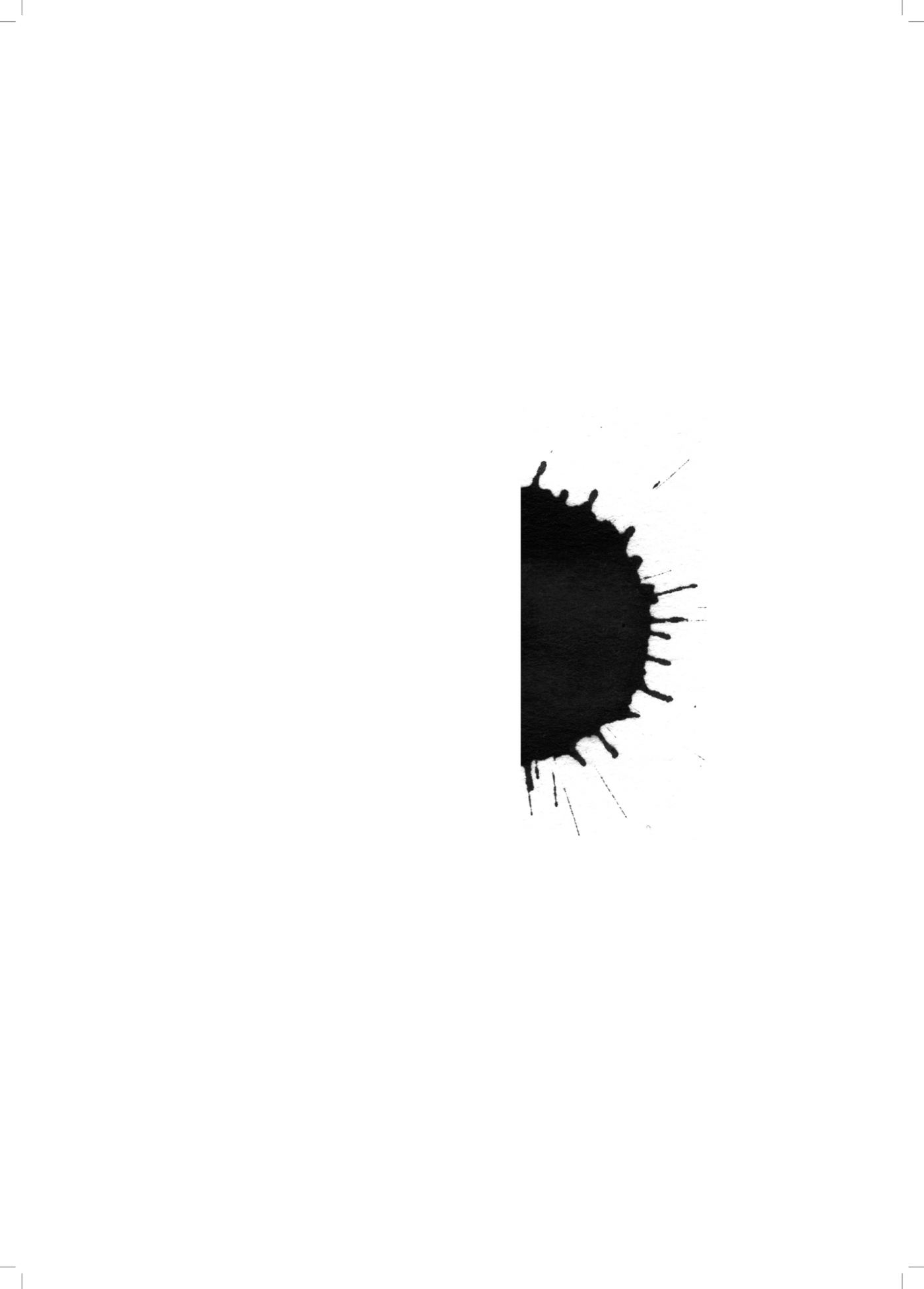
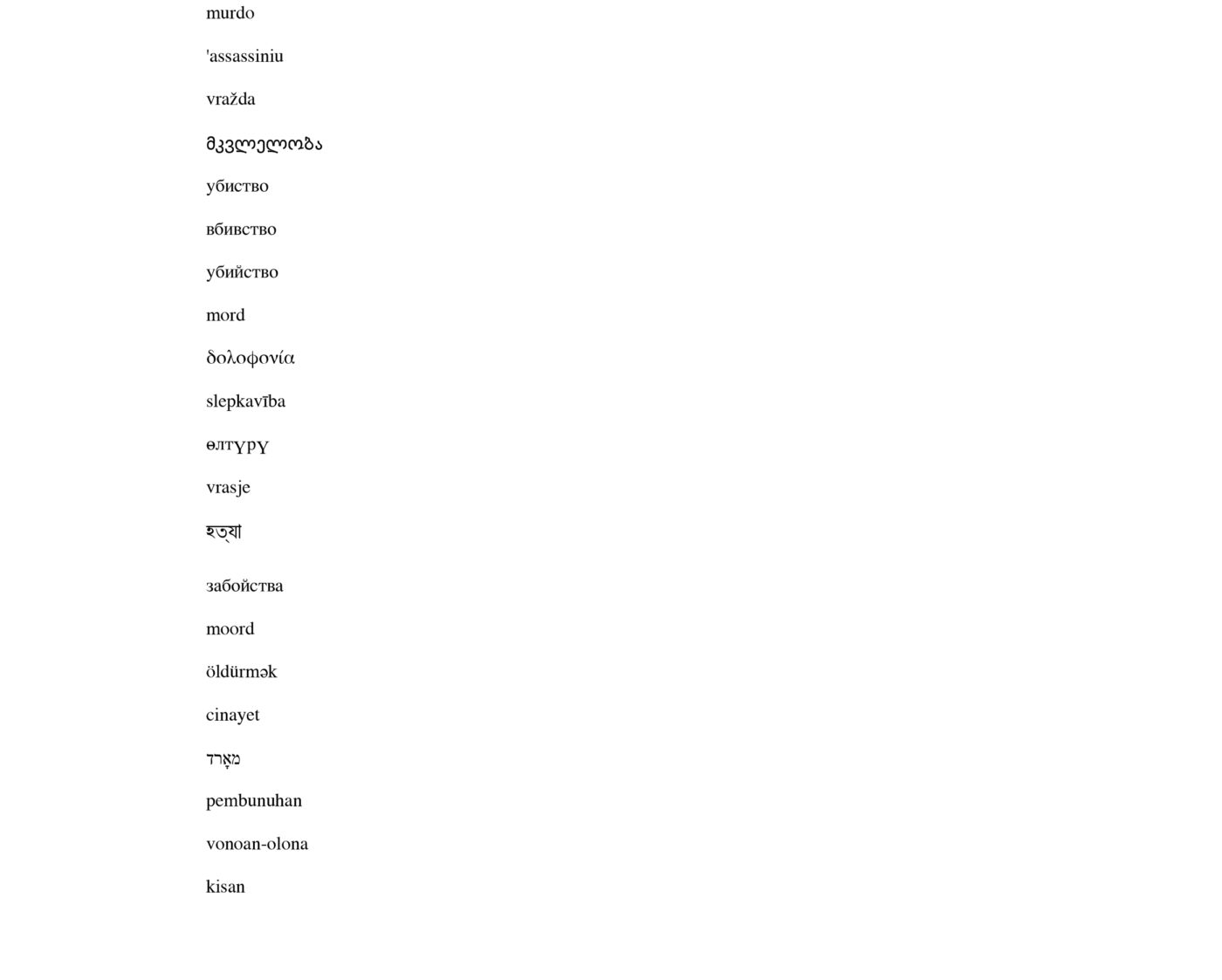

Music by Augustin Maurs
With The Last Ensemble
Ricardo Frenzel Baudisch (tenor), Katharina Schrade (soprano), Sarah van der Kemp (soprano), Yuka Yanagihara (soprano), and Ni Fan (percussion).
Commissioned by Saâdane Afif on the occasion of his exhibition “Das Ende der Welt” at the Berlin Natural History Museum.
The Last Ensemble: Martin Åkesson, Audrey Andrieu, Katharina Beckmann, Nina Berclaz, Cornelius von Bernstorff, Oliver Coleman, Sarah Darwin, Helga Dittmann-Pätsch, Guillaume Doerflinger, Philothée Gaymard, Cornelia Hiller, Hervé Humbert, Sam Kennedy, Cosima zu Knyphausen, Katharina Kritzler, Rüdiger Mangel, Sigrun Meyer, Alberto Piu, Antonio Piu, Cathia Ruf, Marilena Stano, and Renate Wolf.
Cadence – “flow of rhythm in verse or music”, from old Italian cadenza „conclusion of a movement in music“, from Latin „to fall“, sometimes used literally for “ an act of falling”.
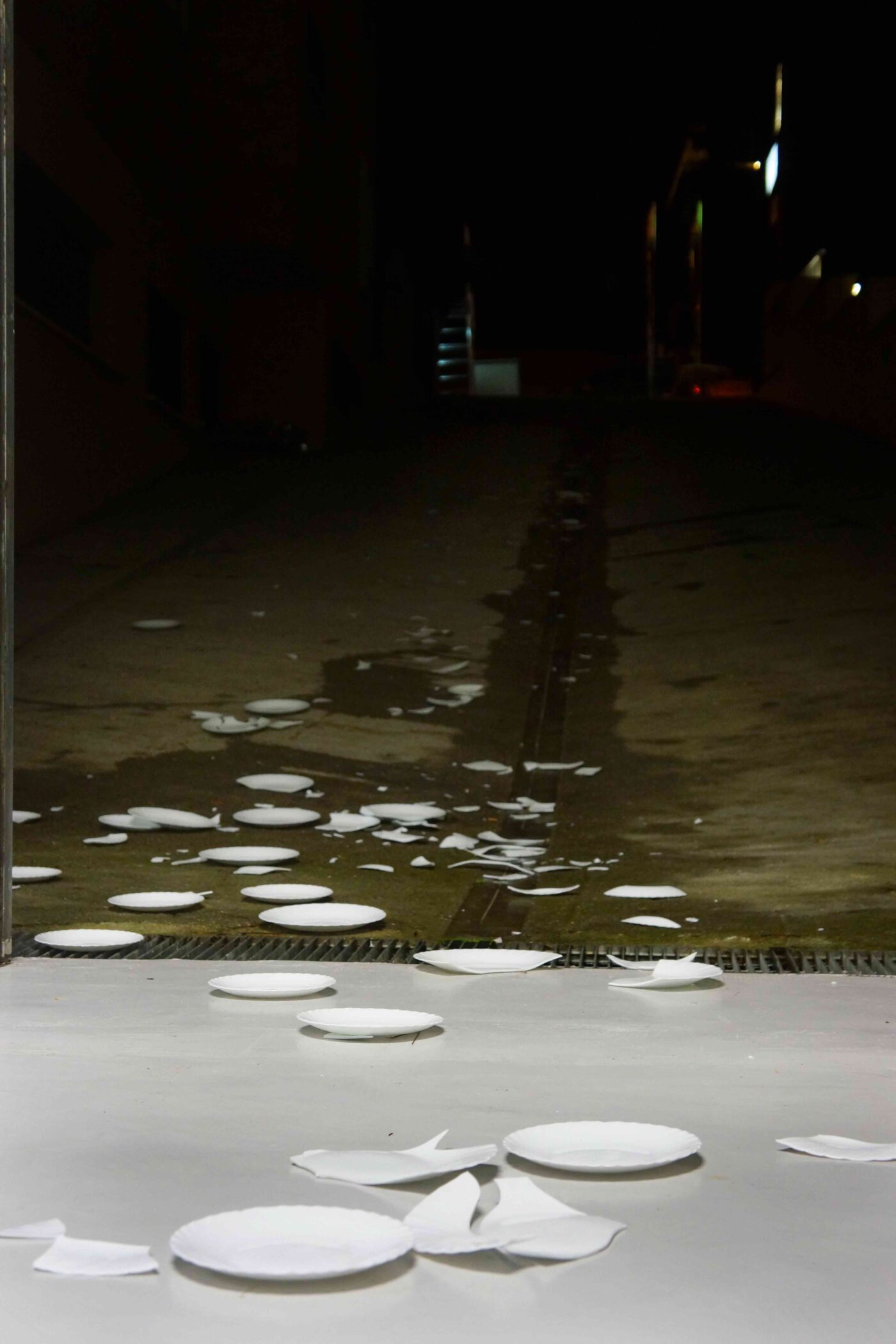
If music is traditionally organized through quantifiable time parameters, it is also the evidence of the unquantifiable essence of time. Appearing in the 19th century, the notion of “tempo rubato”, Italian for “stolen time”, precisely evokes the rhythmic freedom taken by the interpreter, the transitory and unmeasurable essence of the musical act. As a musical union between time and space, the “rubato” is inherently singular and irreproducible. It opposes synchronization, which is precisely what enables music to be reproduced.
The exploring of this idea of “rubato” transforms the exhibition rooms in a lively space, a space of encounters and experimentations in continuous movement trough the combination of an electronic soundtrack and live playing. An assemblage of scores is at the disposal of the musicians and the visitors. This notational inquiry consisting of invented signs, stains and quotes, almost casual poetical events, though denies the actual use of music notation, but rather brings about a reflexion about “given” and stolen time, about music and playing.
Curated by Anna Cestelli Guidi.
In cooperation with RAM – radioartemobile.
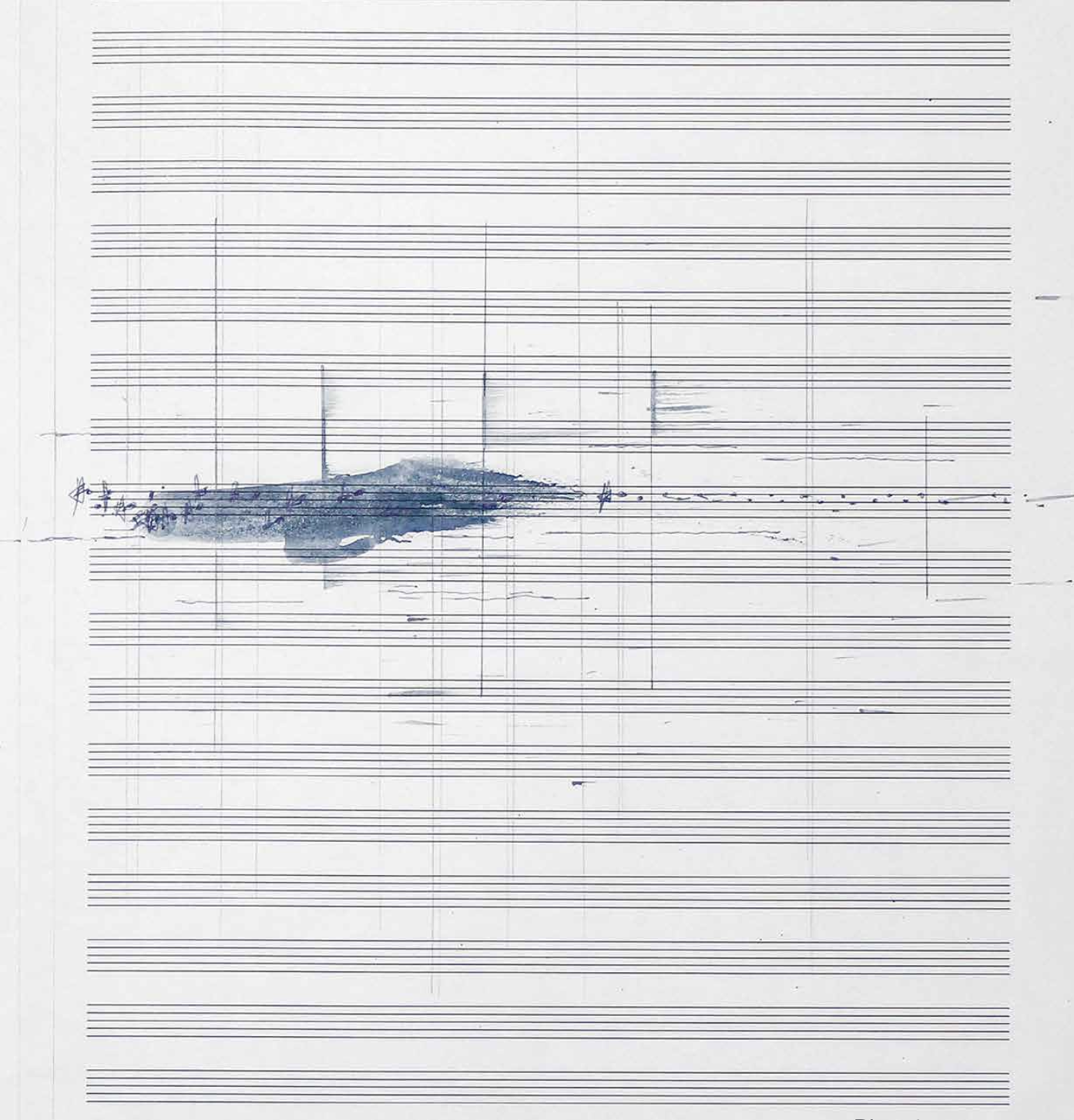

A Study on Stains
The stain is usually associated with the undesirable. It is the stigmata of the flaw. But in spite of its arbitrarily existence, it can sometimes be indistinguishable from the sign – especially in the musical notation where the note is represented with a dot.
Augustin Maurs’s transdisciplinary work plays on these boundaries between definite meaning and randomness. The process is both graphic and sonic. Partly familiar, partly anonymous, his “found melodies” carry the imperfection of memory, the deformation and the indifference of time.
Scattered in different places of the Villa Sarasin, the musicians play in individual time frames, guided by external phenomenons, such as moving objects, or the sudden presence of a person in a room. Stain and Sign interact. The idea of “playing together” is altered.
With the Ensemble Matka
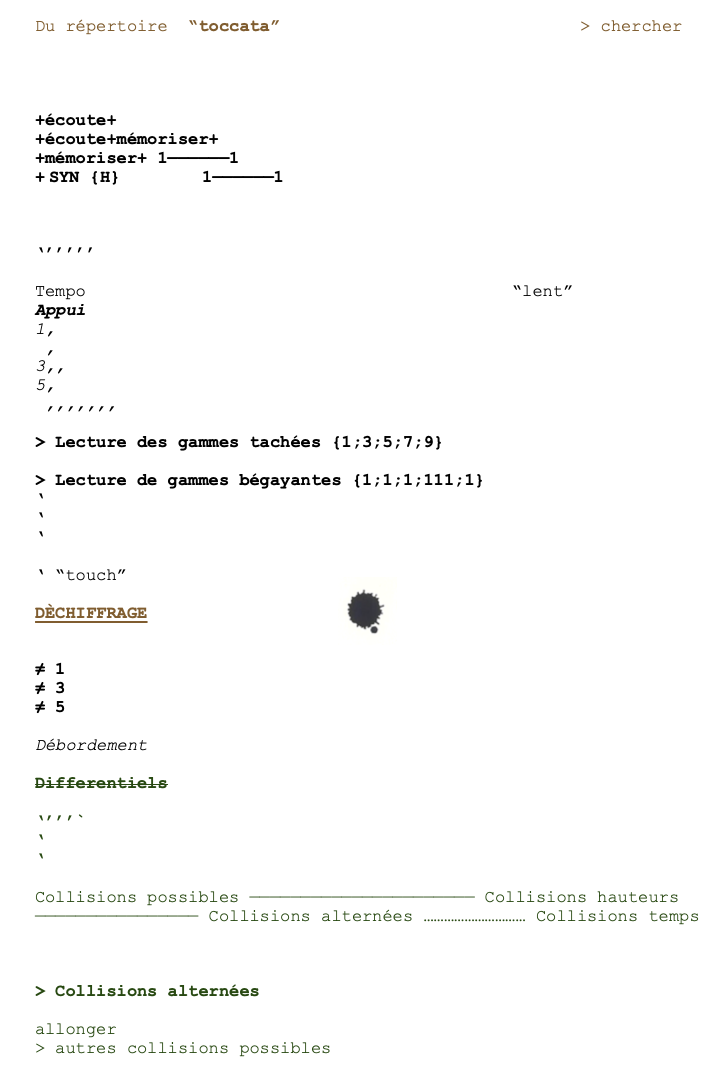
A commentary on Schubert’s “Winter Journey. Ongoing series of concerts and workshops. And Cornelius von Bernstorff, Dagobert, Julian Damovsky, Pinar Kaya, Raswan Mohamed, Geneviève Orjollet, Florian Pfeifer, Luca Plachy, Fatmagul Yaman, Olivier Grienenberger, Christian Marien.
With Michael Wilhelmi (piano) Aaron Synder, Lorent & Francois Ardouvin (voices and texts)
Verena Harzer (Dramaturgy)
Directed by Augustin Maurs
With the kind support of Hauptstadtkulturfonds, INM (Initiative Neue Musik Berlin), Deutsch-Französisches Jugendwerk, Schloss Bröllin e.V. – international art research location, Outreach – Mobile Jugendarbeit Berlin, Collectif Fusion, Villiers le bel, Stiftung Genshagen (Berlin Brandenburgisches Institut für Deutsch-Französische Zusammenarbeit in Europa).


Composed by Augustin Maurs, in collaboration with
Yuka Yanagihara, voice, Michael Wilhelmi, piano and Alex Babel, percussion
Miniature opera based on the epic verse novel “The Tale of Kieu” by Nguyen Du (1765–1820). Departing from the character of “Kieu” – a young artist who is forced to sell herself to survive, the piece deals with the entanglements between dispossession and fiction. It travels through different composed and improvised musical archetypes staged and performed in almost complete darkness.